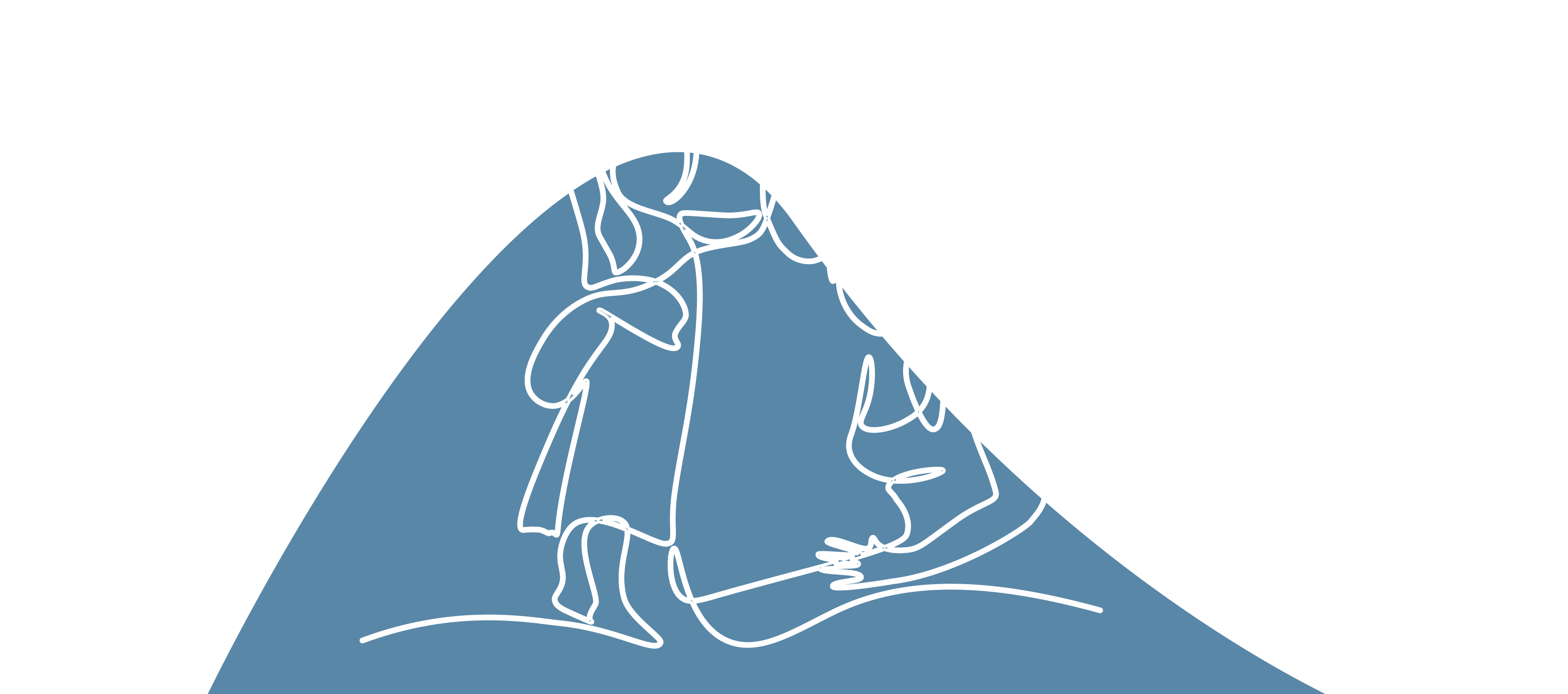- Home
- Child Safe Organisations
- Child Safe Standards
- ...
- Standard 1
Queensland's new child safeguarding law introducing Child Safe Standards commenced from 1 October 2025. Find out when you need to comply.
Child safety and wellbeing is embedded in the entity’s organisational leadership, governance and culture.
Every organisation should be a model of children’s safety and wellbeing. Leaders set the tone and example by embedding children’s safety and wellbeing into policies, procedures and culture and ensuring these are followed and reviewed. Leaders also ensure there is a healthy reporting culture and they support people to report concerns, take reports seriously and act to investigate and make improvements to ensure children’s safety and wellbeing is protected.
The aim is to create an environment where everyone in the organisation understands their role and responsibilities to protect children, and that they act accordingly. All members of an organisation are accountable for providing a safe environment for every child.
Actions you can take to apply this Standard in your organisation
- publicly commit to children’s safety and wellbeing
- champion and model a child safe culture at all levels of the organisation, from the top down and from the bottom up
- implement the key documents and promote them to families involved with your business or organisation, staff and volunteers
- provide guidelines for staff and volunteers on expected behavioural standards and responsibilities, documented in the Code of Conduct
- focus risk management strategies on preventing, identifying and mitigating risks of harm to children
- ensure staff and volunteers understand their obligations on information sharing and recordkeeping
- provide training for all staff and volunteers, emphasising the role of leaders in modelling and enforcing policies and the organisation’s role in creating a child safe culture
- include children’s safety and wellbeing objectives in staff performance reviews, with clear consequences for breaches of policies or Codes of Conduct.
What if you’re a sole trader, small business or volunteer community group?
- promote your commitment to children’s safety and wellbeing on your website, social media pages and promotional materials
- document the actions you take to prioritise children’s safety and wellbeing, minimise risk to children, and prevent harm.
How does cultural safety look?
- leaders ensure Aboriginal and Torres Strait Islander children and families feel welcome, safe, valued, included and respected
- leaders incorporate cultural safety into daily operations
- leaders provide opportunities for staff and volunteers to reflect on their understanding or cultural safety and support them to improve.
Successful implementation looks like a business or organisation where:
- children’s safety and wellbeing is prioritised in every business decision
- children’s safety and wellbeing is a standing agenda item in all leadership discussions
- all staff and volunteers are trained in operationalising policies and practices that prioritise children’s safety and wellbeing
- staff receive training and support to follow the Standards, recognise risks to children, and prevent harm
- feedback from children, carers and families indicates trust in the business’s or organisation’s approach to children’s safety and wellbeing
- there is clear documentation of risk assessments and actions taken to mitigate risks to children’s safety and wellbeing
- there is clear documentation of actions taken in response to any issues related to children’s safety that occur, inclusive of the actions taken to resolve the issue and prevent it from occurring again.
Further guidance
In addition to the information above, please find below some more specific resources that may be helpful for you to meet this standard. This is not an exhaustive list of the resources that are available but is a useful starting point.
There are some practices and activities that many organisations are already doing that will meet this standard. Some of these will be relevant across several standards. For example the development of a Child and Youth Wellbeing Policy could cover several requirements.
- The NSW Office of the Children’s Guardian has produced a video that demonstrates how leaders apply the Child Safe Standards
- The NSW Office of the Children’s Guardian Secretariat has created a video outlining Standard 1. (While NSW and Queensland’s Standards have some differences, there are applicable messages.)
- The Victorian Children’s Commission provides an overview of the types of actions and documents an organisation would have in place to achieve this standard.
- The Australian Human Rights Commission has templates available to assist organisations to develop a Charter of Commitment, a Child Safety and Wellbeing Policy and a Code of Conduct.
- NSW has produced a set of templates and samples
- Victoria has an extensive library of resources.
Visit our Resources webpage for more information.
Last updated
1 October 2025


